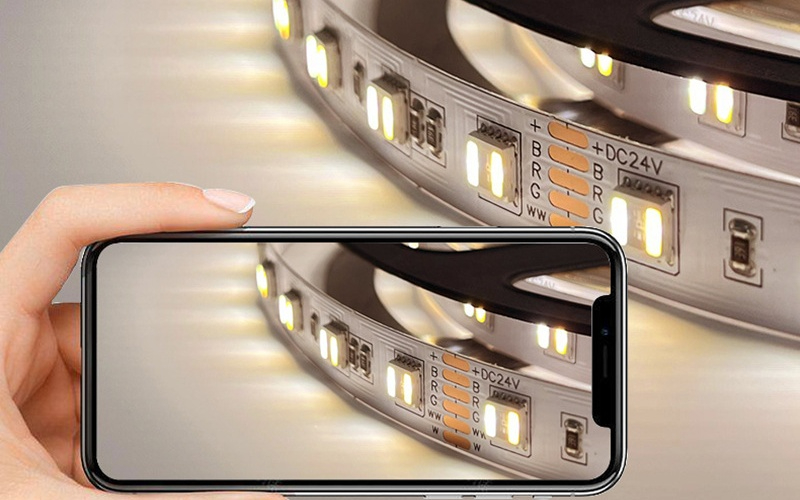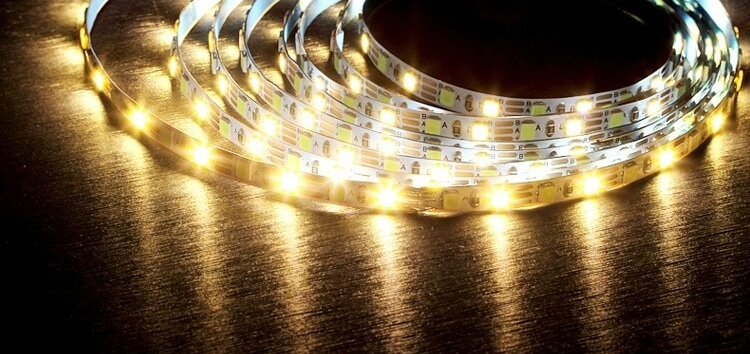High Quality OEM/ODM LED Strip Manufacturer
High Quality OEM/ODM LED Strip Manufacturer
January 9, 2024 429
With the continuous development of LED technology, LED strips have become versatile and widely used lighting fixtures in both engineering and residential domains. However, there are distinct design and usage differences between engineering LED strips and residential LED strips. This article aims to delve into these differences to assist consumers in making informed choices when selecting LED strip products tailored to their specific needs.

Engineering LED strips typically require higher brightness levels and adjustable color temperatures to meet the diverse lighting demands of different engineering environments. For instance, outdoor architectural lighting may demand increased brightness for optimal illumination, while commercial settings may necessitate adjustable color temperatures for varying ambient requirements. Conversely, residential LED strips tend to prioritize a comfortable lighting effect, often leaning towards softer and warmer color temperatures.
Engineering LED strips often need to exhibit higher waterproofing performance to withstand outdoor or humid environments. In scenarios such as outdoor landscape design or architectural contour lighting, engineering LED strips must resist external factors like rain and moisture. Residential LED strips, on the other hand, may have relatively lower waterproofing requirements as they are predominantly used indoors.
Engineering LED strips generally require higher durability to withstand prolonged operation and harsh engineering environments. In settings like building facades or bridge lighting, engineering LED strips need a longer lifespan and greater stability. Conversely, residential LED strips may face fewer challenges in everyday use, resulting in lower durability requirements.
Engineering LED strips may necessitate more sophisticated control systems, such as remote control functionality or integration with smart home systems, to accommodate diverse engineering requirements. For instance, in large commercial centers or urban landscape lighting projects, centralized control and intelligent dimming systems for engineering LED strips can achieve more flexible lighting effects. Residential LED strips may adopt simpler control mechanisms, using basic switches or dimmers.
Installation of engineering LED strips may require more specialized techniques, taking into account engineering structures and safety considerations. In locations like building exteriors, bridges, or public squares, the installation of engineering LED strips must consider various complex factors, such as installation height and fixing methods. In contrast, residential LED strips are more suitable for self-installation by ordinary users and are typically designed for simplicity.

Conclusion:
Engineering LED strips and residential LED strips exhibit significant differences in brightness, waterproofing, durability, control methods, and installation, stemming from their diverse environments and application areas. When purchasing LED strip products, consumers should tailor their choices based on specific needs and usage environments to ensure optimal lighting effects and user experiences.
If you need assistance from professionals, feel free to contact us. We are here to provide you with expert help and support for all your needs. Don't hesitate to reach out to our team for personalized assistance and solutions. We look forward to serving you.
Our sales will reply to you within 2 hours.
